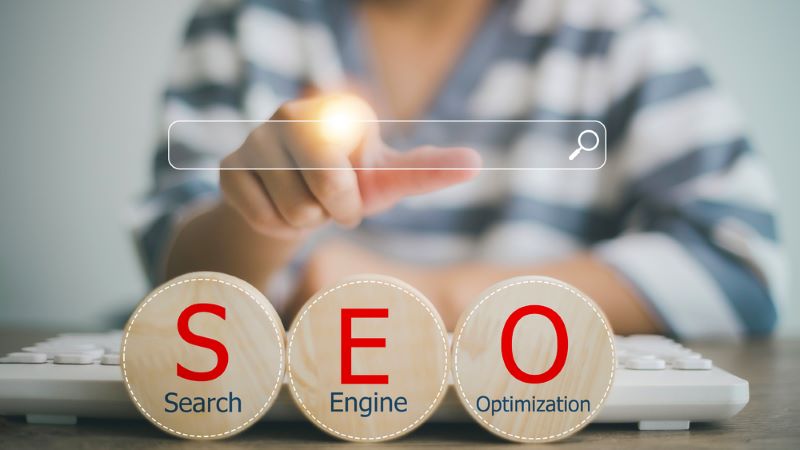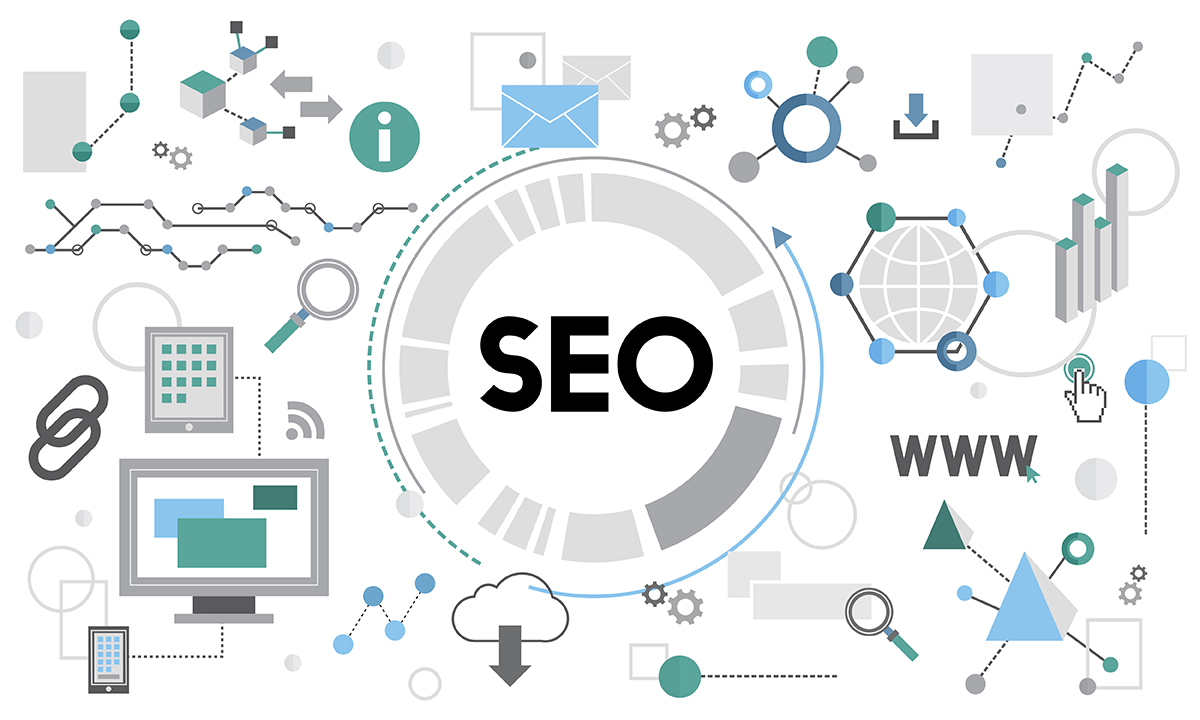
When you think about SEO, plenty of things come to mind. There are too many practices, elements, and strategies a marketer should combine for a specific purpose and make work as a well-oiled system. More often than not, title tags are one of those elements. While there might be more interesting elements to deal with, they provide great benefits once optimised. If you aren’t sure what the best practices for title tag optimisation are, you’ve come to the right place.
Length
Title tags often appear in browser tabs, search results and link previews. It’s one element search engines use for ranking. If they’re too long, search engines will have no option but to truncate it. If they’re too short, users won’t understand what the page is about. That’s why the length of the title tag should be one of your primary concerns. Although there aren’t any strict limitations, marketers usually have the upper boundary on their minds. The ideal length is somewhere between 50 and 60 characters. It may sound limiting, but you can use a few tricks to keep it brief and informative. For example, use symbols or special characters and avoid all caps to save space. If the title tag is too long even with these tips, you should reconsider it.
Uniqueness
Search engines like to reward originality. For this reason, you should strive to bring a dash of uniqueness to the table whenever you have the chance. When it comes to title tags, coming up with something creative shouldn’t be too hard. Still, you should also make sure not to overdo it. You want to avoid sounding too generic and too unconventional. What could help you in this case is to keep the search intent and SEO in mind. This should guide you in satisfying the search query and provide an intuitive title tag for the reader. Otherwise, you might confuse both the engine and the user and achieve a counter-effect. Even though your page might be what they need, it won’t be among the pages they see in the browser.
Benefit
When thinking about the title tag, you should ask yourself what is its benefit. When customers click on the result, what value will your page bring to them? To answer this question, you have to think about your goals and what you want them to do. To illustrate, users might look for information, tutorials, advice, products to buy, etc. For each of these, you’ll need to come up with a specific title tag. However, what all of them have in common is the need to provide the benefit concisely. What’s important to remember is to avoid creating deceptive tags. Users should get what the tags say they will once they click on the page. This practice will discredit your website, and all your efforts up until this point will be in vain.
Focus
Apart from length, you should also consider what the primary focus should be. Marketers always put the most important part of the message in the very beginning. This practice is quite effective and can be applied to title tags, too, among other things. This way, the message captures the reader’s attention and sticks with them for some time. If they’re lucky enough, a brand message convinces them to take the desired action. What this also does is simplify the Internet search for the users. With the focus in the right place, they can simply skim through the page and find the page they’re looking for in an instant. More importantly, search engines can confirm your page’s relevance and rank it accordingly.
Conclusion
SEO usually includes title tags, among other relevant elements. Their optimisation results in measurable benefits in marketing and business aspects. That’s why knowing how to optimise them the right way is necessary for any marketer. The listed best practices are enough to get you started and even reap some benefits from the start.
You may also like: What Are The Most Effective SEO Strategies For 2024?
Image source: Depositphotos.com



